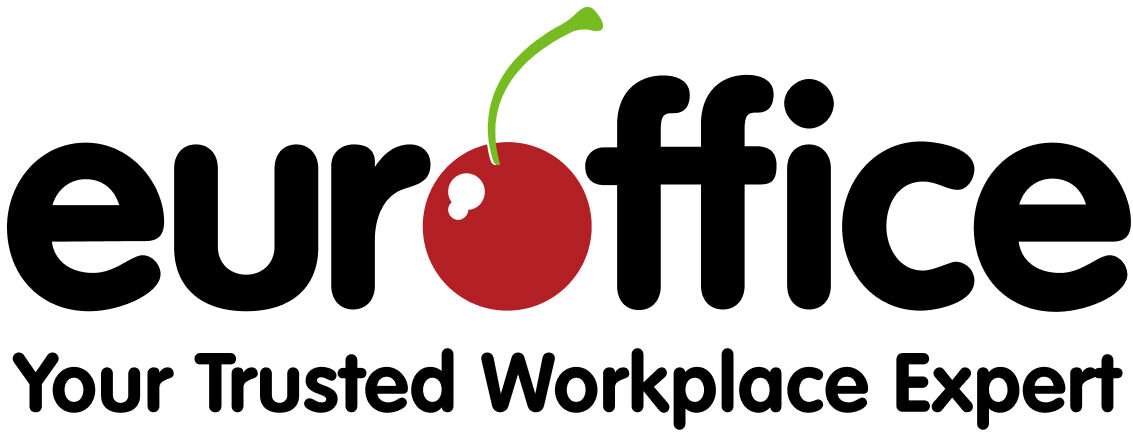 Certificates can be used in a variety of contexts in order to recognise and reward individuals or groups for their achievements. They can be given out as proof of formal qualifications – for example passing a music examination or driving test – acknowledging team work or recognising high sales figures or fundraising achievements in businesses or charities, or rewarding children for high attendance or good behaviour in schools. They are great for improving motivation, encouraging desirable behaviours and boosting morale. Here at Euroffice, we have put together our top 5 tips for how to make the perfect personalised certificates that will no doubt be displayed with pride throughout the office.
Certificates can be used in a variety of contexts in order to recognise and reward individuals or groups for their achievements. They can be given out as proof of formal qualifications – for example passing a music examination or driving test – acknowledging team work or recognising high sales figures or fundraising achievements in businesses or charities, or rewarding children for high attendance or good behaviour in schools. They are great for improving motivation, encouraging desirable behaviours and boosting morale. Here at Euroffice, we have put together our top 5 tips for how to make the perfect personalised certificates that will no doubt be displayed with pride throughout the office.
1) Download online templates
If you are new to creating certificates, a simple way to start would be to use downloadable online templates. These can give you a rough idea of how a certificate should look and still allow you to change the wording to personalise the award. You can also adapt the colours and fonts to suit your needs. Creating a certificate design on your computer can easily be done on Microsoft Word. Download a Word certificate template online, set up the document in word and change the page orientation to landscape. All certificates generally have the same sections which will be in your template. These include the title of your certificate, recipients name, a description of the award and a signature line.
2) Learn to use professional tools
If you want to be extra creative there are free design tools available online, including Canva, an easy-to-use design website with a range of stunning templates which you can personalise in line with your needs and taste. If you have access to Adobe Photoshop or Illustrator these are also great professional tools which can aid your design. Learning to use professional tools could take some time, however they not only make your personalised certificates look unique, they can also provide a new skill to help with other work tasks such as creating new logos, business cards or leaflets.
3) Choose quality certificate paper
 A certificate printed on high quality paper will ensure your certificates look official and will create a sense of grandeur for those who receive them. For time-saving benefits, choose certificate paper that includes a printed border. Alternatively, for a more professional, high quality finish, our prestige paper is another great option. Thicker, superior quality paper will ensure recipients are proud to receive your certificates and will be able to display them proudly without the paper becoming scruffy.
A certificate printed on high quality paper will ensure your certificates look official and will create a sense of grandeur for those who receive them. For time-saving benefits, choose certificate paper that includes a printed border. Alternatively, for a more professional, high quality finish, our prestige paper is another great option. Thicker, superior quality paper will ensure recipients are proud to receive your certificates and will be able to display them proudly without the paper becoming scruffy.
4) Use relevant colours and fonts
Depending on the type of award, you may want to use different colour schemes. For an official award, choose a suitable theme with plain but bold colours such as black, grey or blue. Pastel and bright colours provide a buoyant feel for fun office awards, such as “The Office Clown”. This also applies to font choice. There is a huge range of fonts available on Word, allowing you to choose from classic, formal fonts for a traditional certificate, for example:
 Old English Text MT
Old English Text MT- Edwardian Script ITC
- Baskerville Old Face
or fun, informal fonts, for example:
 Harrington
Harrington- Kristen ITC
- Bradley Hand ITC
To ensure your colours are bold and clear, make sure you use the correct printer for your certificates and get stocked up on appropriate ink cartridges. Inkjet printers are very versatile, allowing you to print on both paper and card, and enabling you to create a premium quality certificate at an exceptionally low cost per page.
 5) Clear, concise and correct
5) Clear, concise and correct
Certificates should be attractive, readable and accurate in order to have the desired impact. Firstly, make sure the certificate is coherent without busy backgrounds or illegible fonts. An award is only worthwhile if it can be read easily. Secondly, be concise with your wording. Too much clutter on the certificate design may look messy and unprofessional, so ensure you limit the text to the essential information only. Thirdly, make sure that the recipient’s name is spelt correctly to avoid any disappointment.
Whether you are making light-hearted, humorous certificates, or formally recognising significant achievements, you want to create something special that the recipient will want to keep. If you follow these 5 top tips, you will be rewarding your colleagues or employees with professional, personalised certificates that they will treasure!



